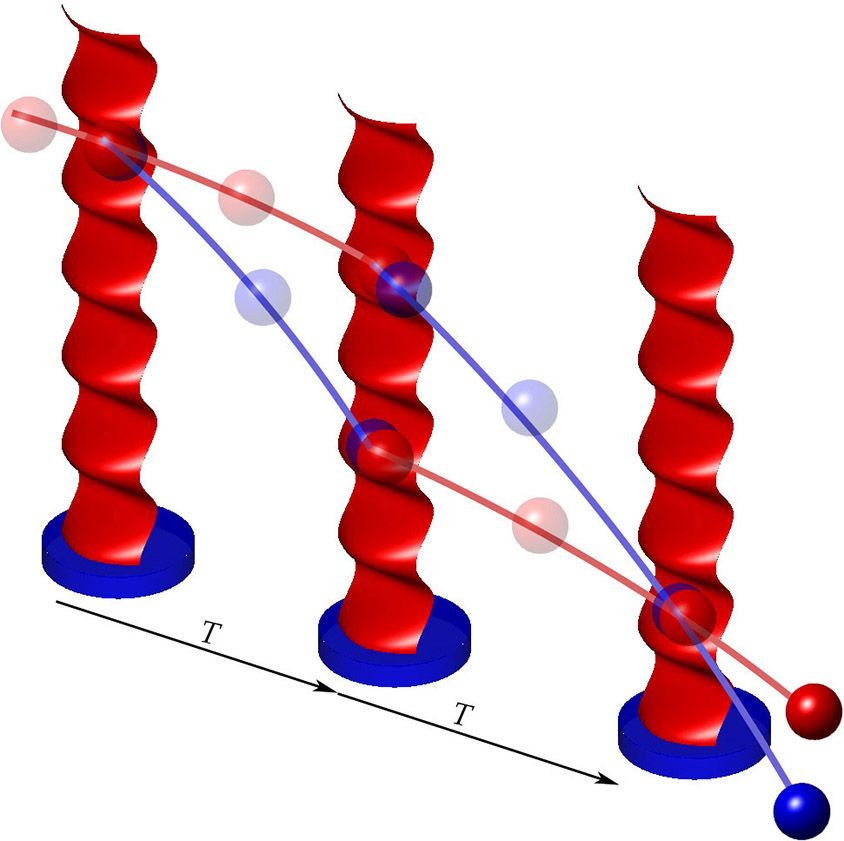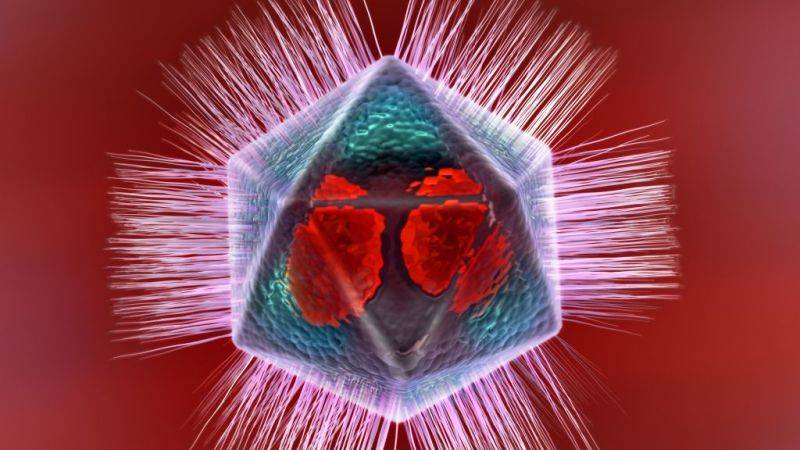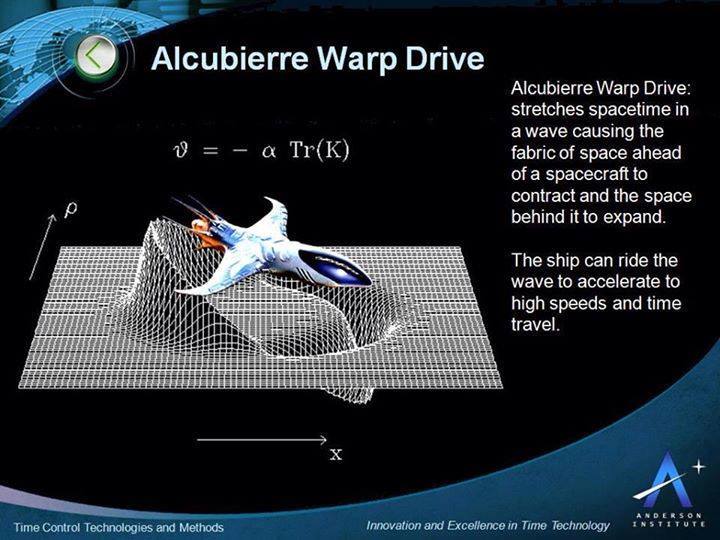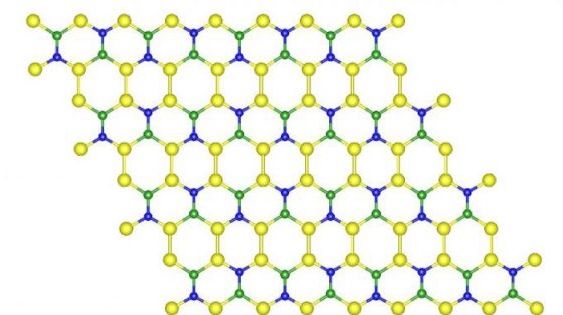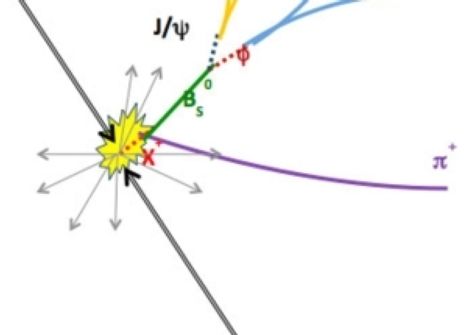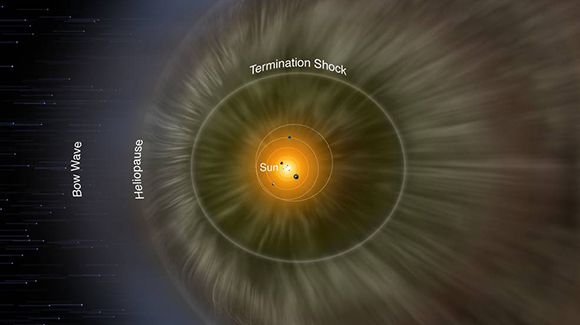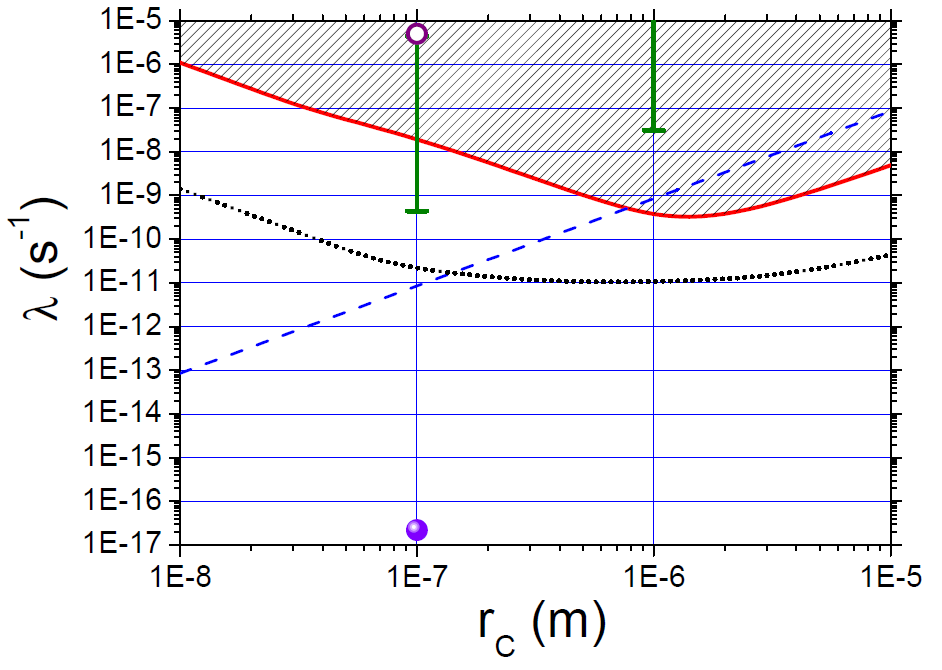Mar 3, 2016
Quantum technology for a new generation of inertial sensors
Posted by Karen Hurst in categories: particle physics, quantum physics, robotics/AI, transportation
Could this Quantum Technology inertial sensors be utilized to provide more reliable navigation to driverless autos? Quantum again proves to serve multiple usages.
Advances in laser cooling of atoms have produced a new generation of inertial sensors based on matter-wave interferometers, which are becoming an essential technology for accurate positioning or geodesy.
